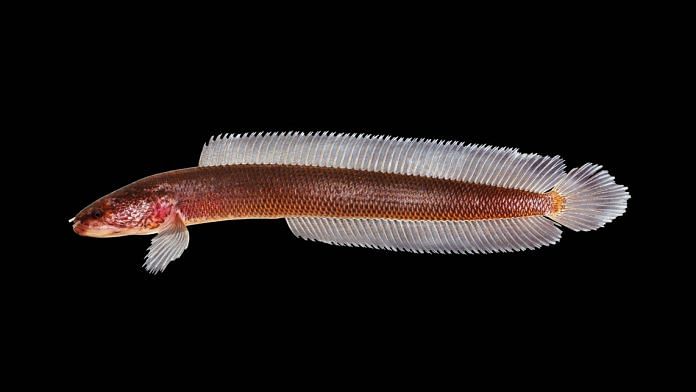A new snake and new species of fish discovered in India
In a back-to-back series of independent findings, ecologists and biologists have been on a discovery spree of several new endemic species in India in the past few months. Last week, Kerala presented a brand new species of snakehead, a type of fish, while Arunachal Pradesh gifted us with a brand new kind of viper. Read ThePrint’s story on the new snakehead, which has been named after Tolkien’s Gollum, and Mongabay’s story on the new venomous orange-bellied pit viper.
This bird went extinct and then re-evolved into existence
The Aldabra, a white-throated rail, a flightless bird living around small coral islands in the Indian Ocean, underwent what is called ‘iterative evolution’. This rare phenomenon in evolutionary sciences occurs when the same ancestor produces near-identical offshoots at different points in time, indicating that a new iteration can pop up even after an old one has gone extinct. The first iteration went extinct in a huge flood over 1,30,000 years ago wiping out the species but its ancestors recolonised the islands thousands of years later, ultimately producing the same bird. More on Vice.
Radioactive carbon from nuclear tests found in deepest ocean
Scientists studying the deepest parts of our ocean and the crustacean life that inhabits it have discovered a radioactive carbon isotope first released into the atmosphere during nuclear testing in the 1950s. The carbon has appeared to reach the bottom of our oceans much faster than expected, indicating that human pollution reaches all life faster than we realise. More on CNET.
A new bat-winged dinosaur fossil discovered in China
Yet another bat-winged dinosaur fossil was discovered in China last week, adding more material to the gap that bridges birds and dinosaurs. One of the crucial missing pieces in evolution is evidence of fossils that show species transitioning from non-winged dinosaurs to winged ones, and the newly discovered Ambopteryx fits right in. The sparrow-sized fossil shows thin, bat-like membranes of flattened skin that could have helped the animal glide but not yet fly. More on The Atlantic.
Also read: Drug-resistant fungus spreads across globe as first pvt spacecraft enters moon’s orbit
Extinct emu-like bird’s footprints found in New Zealand
In one of the most significant paleontological findings to come out of New Zealand, a citizen walking on the riverbed of a flowing river discovered footprints of a Moa, an emu-like bird that went extinct about 1,500 years ago. However, the footprints found are millions of years old, potentially from before the last ice age. The prints were found at a serendipitous time, with experts estimating that another flooding event in the river would have wiped them out. More on NZ Herald.



